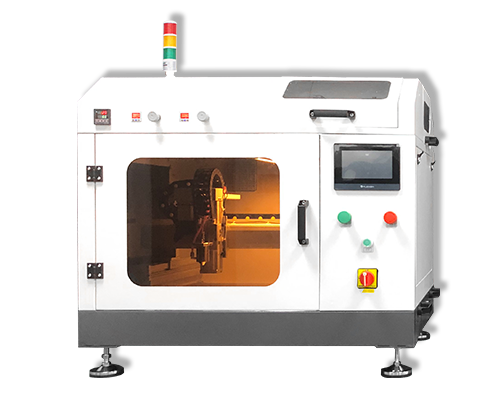Is the product of a hydrogen fuel cell water or water vapor?
Is the product of a hydrogen fuel cell water or water vapor? Cheersonic
In theory, it is gaseous when it is generated at the three-phase interface, and the influence of temperature, humidity and phase transition should be considered in the process of gaseous water diffusing to MPL, GDL and flow channel. Of course, these are based on ideal assumptions, and the collective water form and its content distribution can be seen through the calculation of the equilibrium point in the simulation process. Engineering analysis can consider that both liquid water and water vapor will be generated, and the logic of the specific problem can be established.
First of all, water (no distinction between gaseous and liquid) is produced at the cathode. The cathode can be divided into flow field, gas diffusion layer and catalytic layer from outside to inside according to key components. The catalytic layer is a porous structure composed of carbon-supported platinum catalyst and proton-conducting ionic resin.
Water is gaseous when it is produced at the three-phase interface (which can be understood as a catalytic site), and will diffuse into the flow field under the concentration gradient, and be taken away by the convection of the airflow after entering the flow field.
So when does water vapor turn into liquid water?
1) If the humidity of the reaction gas entering the stack is high (that is, the original water content is high), or if the reaction is carried out for a long time under a large current (more water is produced), water flooding may occur in the catalytic layer and the gas diffusion layer, which may cause flooding. In fact, we don’t want to see it, because flooding will lead to slow mass transfer of the battery and increase concentration polarization.
2) When the gas comes out of the high temperature stack, because the outlet pipeline is generally directly exposed to the ambient temperature without insulation, the water vapor is condensed and condensed, and the liquid water at this time has no effect on the battery performance. However, if the gas is recycled, further gas-liquid separation is required.

Ultrasonic spray fuel cell catalyst coating system can produce highly uniform, repeatable and durable coatings. Our ultrasonic spraying can well control coating properties, significantly reduce material usage, and reduce maintenance and downtime.
Our company’s ultrasonic spraying equipment can be sprayed on a variety of different metal alloys, including the preparation of platinum, nickel, iridium and ruthenium-based fuel cell catalyst coatings, as well as PEMs, GDLs, DMFCs (direct methanol fuel cells) and SOFCs (solid Oxide fuel cell) manufacturing. The battery manufactured by this technology has the characteristics of high battery load and high battery efficiency.
The optional ultrasonic dispersion system can uniformly disperse the catalyst solution without blocking the ultrasonic nozzle, thereby providing a uniform and homogeneous fuel cell catalyst coating, and has a controlled droplet size from ultra-low flow to production-scale flow.

